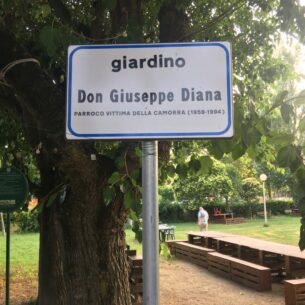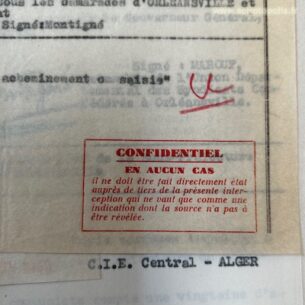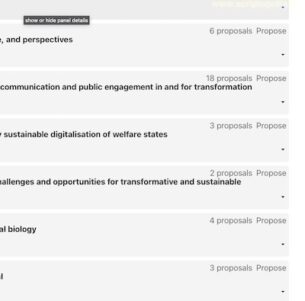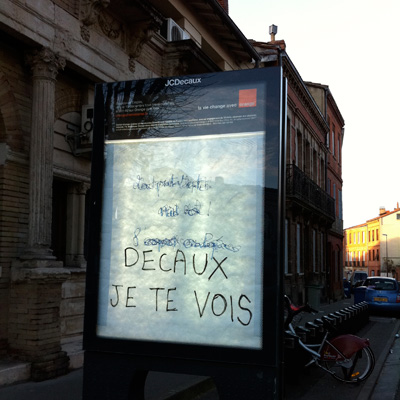Visibility
We already stated that urban settings are graphical ecologies. Numerous species struggle to occupy specific places. Some get killed ; some come back to life again and again ; some others, quite rare, are officially supported and claim their role in the control of a defined part of a territory. Through these processes, graphical ecologies deal with the relations between what is visible and what is not. And this is not only a matter of scriptural objects per se. Some of them are installed as spokespersons. For instance, signs can be spread all around a neighborhood in order to make this part of the city visible, distinct from the others. These kind of signs are generally installed on the behalf of an institution (the city, or an association…), which marks the environment through them. Sometimes things are a bit more complicated, advertising being a good example. As billboards are made to make a brand visible in town, they can also be taken as representatives for another institution: the one that owns them and maintain them.
Taking advantage of a curiously blank page (taking it as free space for a new graphical species), this is what the writer did here, addressing a big “I See You” to Decaux, whose name is indeed displayed in small characters on the frame of the board. But announcing that “he” can see Decaux in big letters, he also gives the name of the company a brand new visibility. He admittedly tries to denounce its omnipresence, and its role in the amount of advertising in cities, which is more and more criticized as visual pollution, by using a new mark on public place that certainly is considered as pollution by others. Maybe he also tried to show to Decaux that, with just handwritten words on a sheet of paper, he could keep an eye at their attitude and make it accountable, just like their brand new electronic billboards, with their camera in it, are peeking at the citizens who encounter them.







